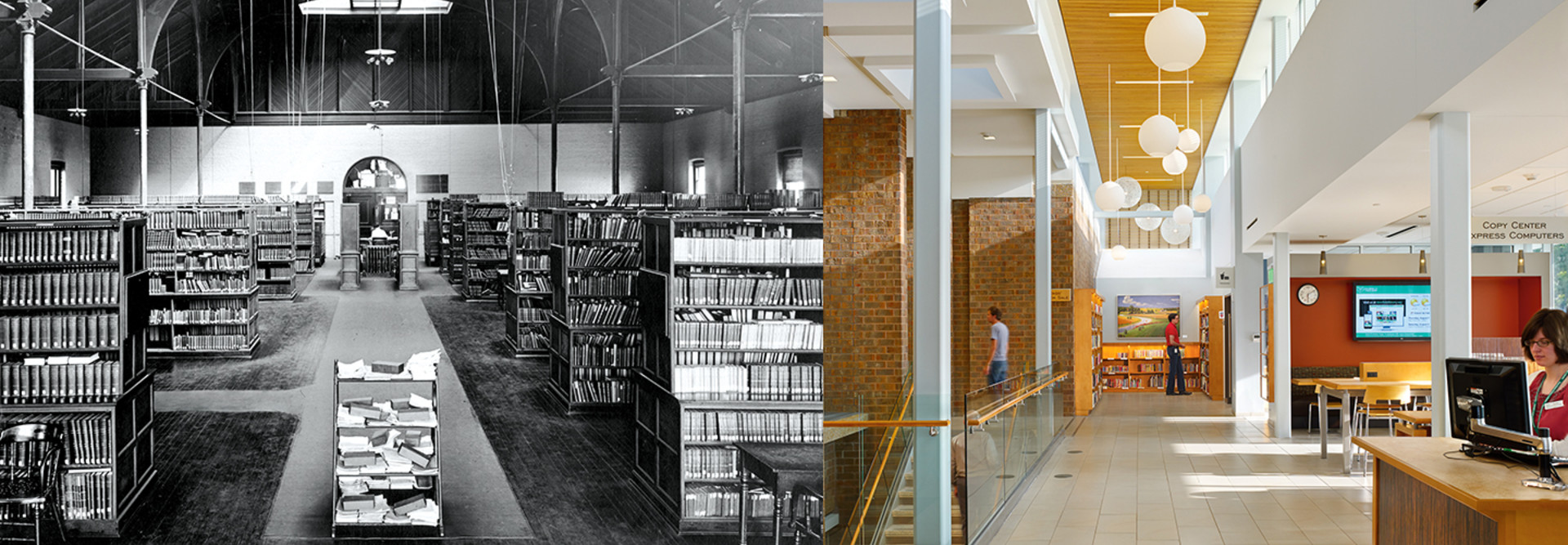Deerfield Public Libraries are Bridging the Digital Divide
“People are getting used to the idea that libraries are more than just books,” says Ted Gray, multimedia librarian for Illinois’s Deerfield Public Library.
“Libraries are more like community centers at this point,” he adds.
In Deerfield, an affluent suburb of Chicago, Gray was inspired to launch an LoT when he learned of their growing popularity from professional peers. His strategy was one shared by fellow LoT curators: Start small, so you can work out the kinks before growing the collection.
Deerfield first lent Roku media players, bundled with Netflix and a few other streaming apps, and then added wireless hotspots. The latter are in high demand, and Deerfield now has about a dozen. From there, Gray expanded to LED projectors, virtual reality glasses, drones, GPS navigators, microscopes, telescopes and more.
“Our patrons are a little more tech savvy. They like to try new things out — a little more cutting-edge — so that’s what we focused on,” Gray says.
Over time, Deerfield’s LoT has grown to about 50 items and become one of the library’s most popular collections. In other communities, technology-focused LoTs serve a different need: increasing digital equity by providing access to connectivity.
LA Local Libraries are Leveraging Equity
The Los Angeles Public Library’s LoT, Tech2go, piloted Apple iPad Mini devices with preloaded apps and mobile hotspots — both available for at-home borrowing — before expanding to Dell laptops and Google Nexus tablets, which patrons can use in the library. The devices foster digital inclusion.
“Equity is one of the main things we want to make sure we bring to the table,” says Edwin Rodarte, the LAPL’s senior librarian for emerging technologies and collections. “We knew there was still an existing digital divide in our city, and that is ever more evident.”
After starting with 40 hotspots, the LAPL plans to add an additional 100 and potentially extend the borrowing time, Rodarte says. “We want to make an impact, so that if people are applying for a job, they can send resumes, receive responses, do everything they need to do,” he says.
Feedback and a survey confirmed the program’s success: For 71 percent of patrons borrowing a hotspot, more than two people in the household used it to go online, and for 23 percent, four or more people gained connectivity.
Developing programs with communities in mind is essential, and it requires a solid understanding of their needs, Rodarte says. “We are always looking at data, demographics and identifying the needs that are out there,” he says. “The need does change from community to community. It’s not the same systemwide.”











